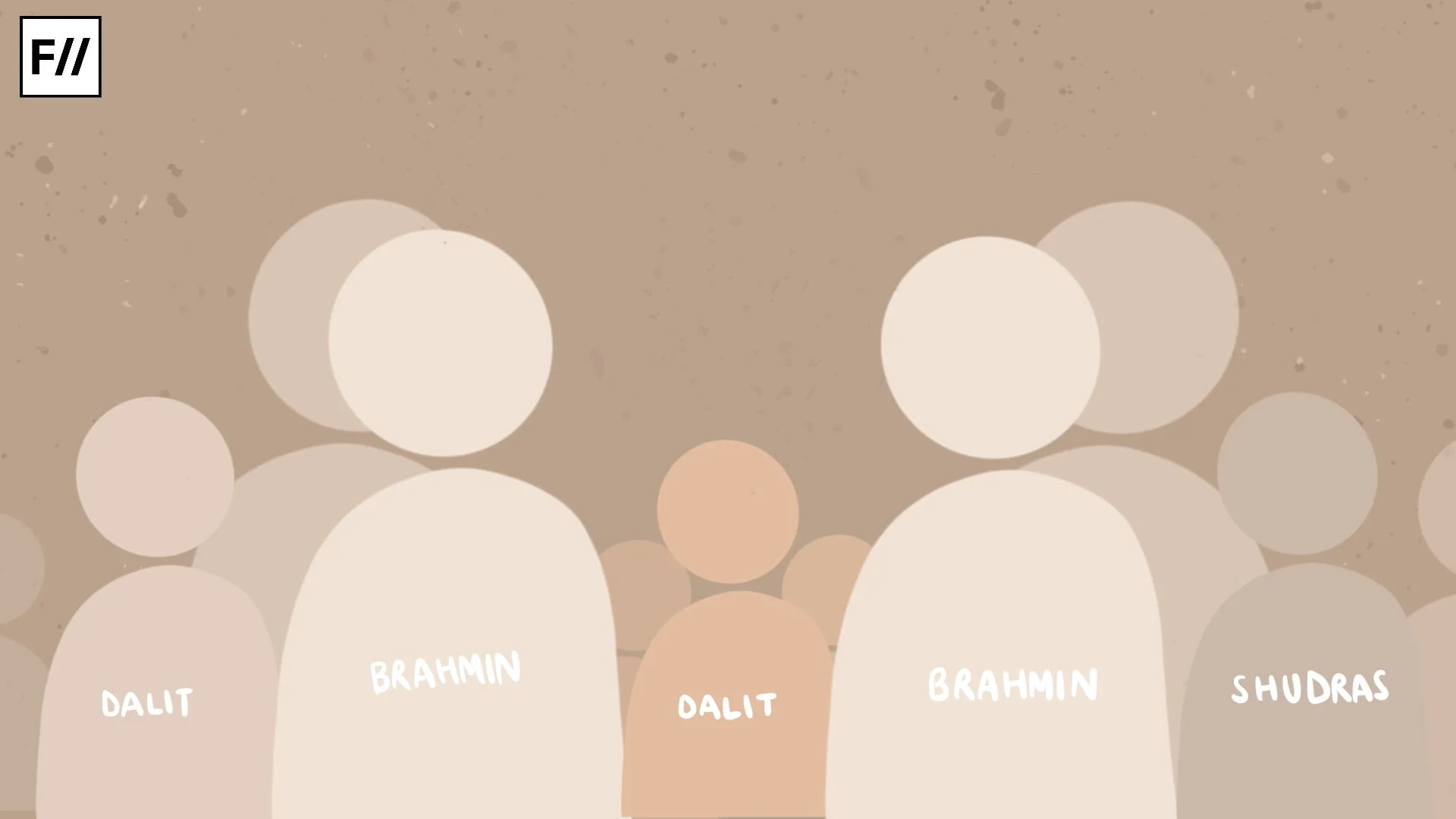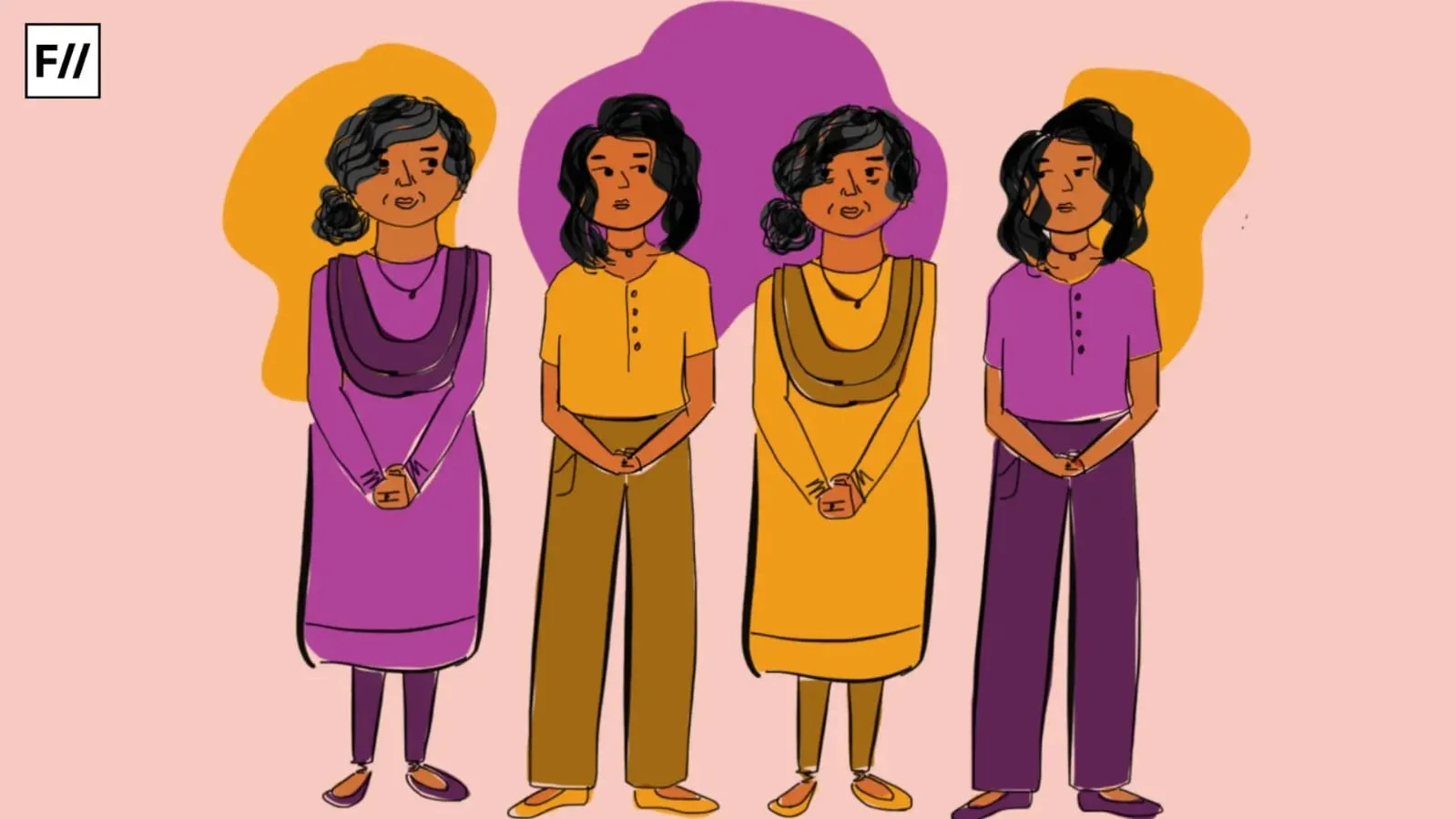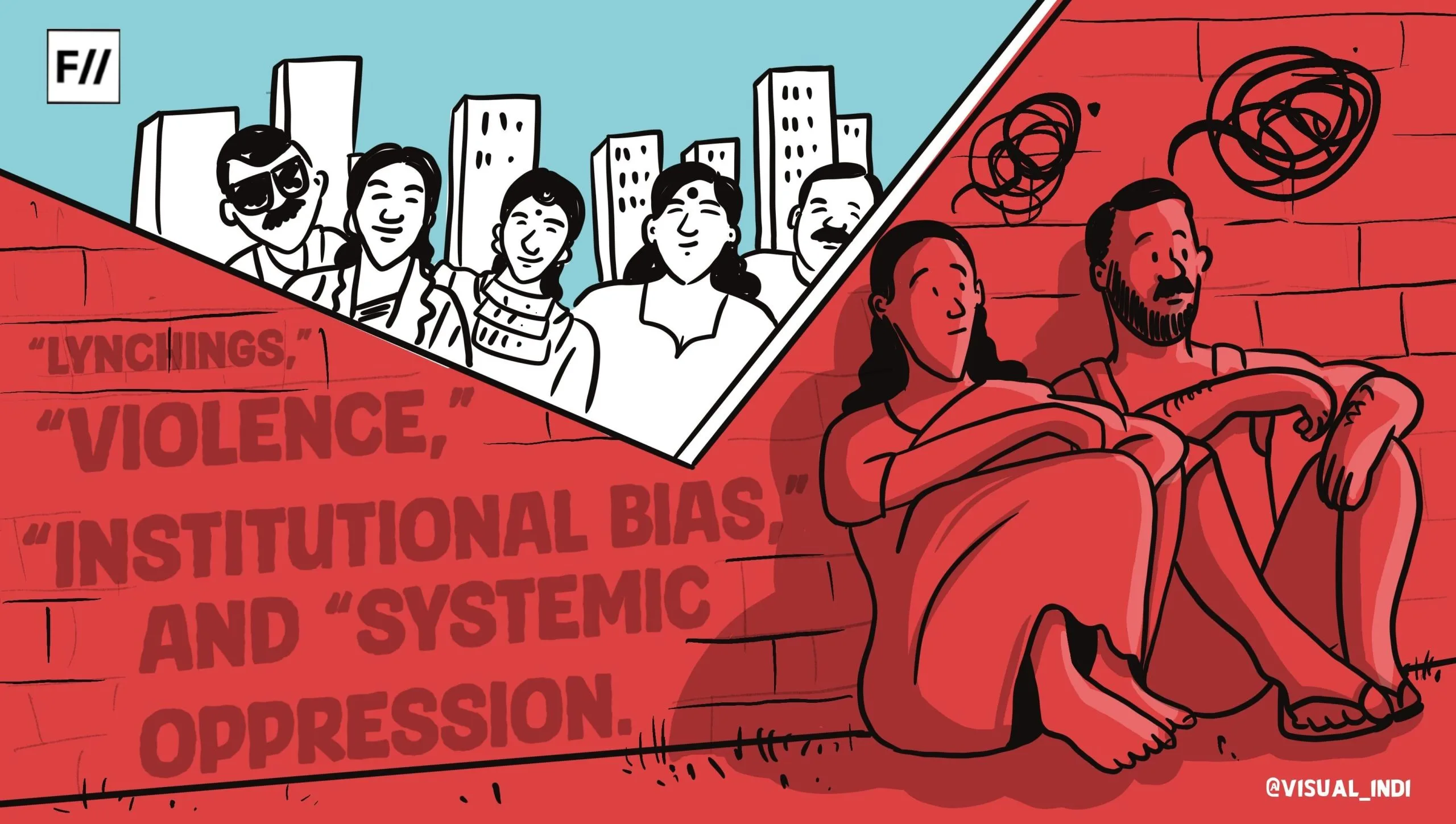India is a country with more than 1 billion people, and its population is expected to rise to 1.7 billion by 2060. The country has diverse cultures, ethnicities, and religions and also has a rigid hierarchical social system, i.e., the caste system, where the upper castes, i.e., Brahmins, are placed at the highest part of the pyramid, while the lowered castes, i.e., the Dalits and the Adivasis, are placed at the bottom. This hierarchy has been a part of the social, moral, and economic landscape of the country for centuries, creating an awful space for the larger caste conflict.
Caste conflict is a pervasive issue stemming from the enduring prejudice and violence faced by Dalits, regarded as the lowest in the social hierarchy, and Brahmins, who hold the highest status. Caste conflict is notably distinctive to India, predominantly observed among Hindus; however, it is also practised within other religions such as Sikhism, Islam, and Christianity, among others.
Furthermore, the amalgamation of patriarchy and the upper caste, such as Brahmins, engenders a harmful social framework known as Brahminical patriarchy. This distinctive manifestation of patriarchy oppresses and subjugates women and other gender minorities from lowered castes, fostering an environment of caste purity for savarna women and a predatory context for women of lowered castes.
This Brahmanical patriarchy is the reason behind the larger caste conflict in India, eventually exacerbating the violence against women of lowered castes.
Caste conflict and violence
In 2016, a horrific tragedy unfolded in the small village of Kherlanji, Maharashtra, where four members of the Bootmange community, a Dalit community, were brutally massacred in an act of extreme violence. “On September 29, 2006 an upper caste mob, paraded a Dalit woman and her 17-year-old daughter naked, gang raped and killed them. Two other members of the family, sons aged 19 and 21 too were murdered. Their bodies were dumped in a canal,” mentions a report by The Mooknayak.
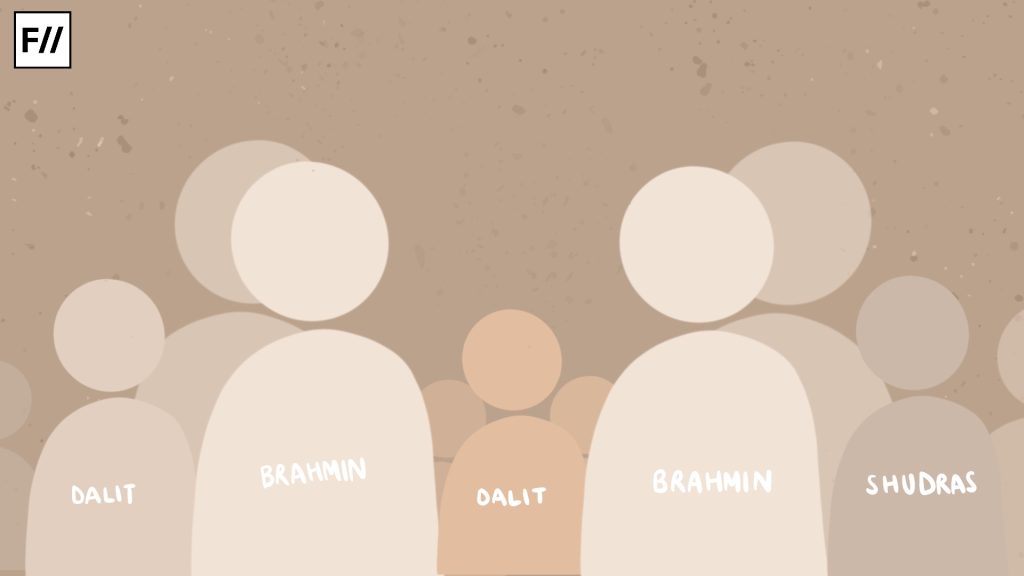
This was not just an isolated incident; it was a chilling reminder of the deep-rooted caste-based discrimination that persists in Indian society. The perpetrators of this massacre were from the numerically dominant Kunbi caste, and the violence was sparked by a land dispute between the two communities. But the dispute wasn’t just a conflict over land — it was a manifestation of the larger caste system that defines who gets to own, who gets to work, and who is considered worthy.
The tragedy of Kherlanji is not just about the loss of life but about a system that allows such violence to occur with impunity. Dalits, who have fought for centuries for their rights, continue to suffer from caste-based violence, often in silence.
In 2010, in Mirichpur, several houses of the Valmiki community were torched down by upper-caste Jats over a trivial incident; as a result, two people from the Valmiki community were killed. In the aftermath, about 200 Dalit families left the village.
According to Newslaundry, “In 2014, an inspection team of sessions judge AK Jain and Tata Institute of Social Sciences assistant professor Shamim Modi submitted their 10-page report on Mirchpur. It said that a separate settlement should be created for local riot victims. The Haryana government rejected the suggestions claiming that it would add to the segregation. The government has also not provided rehabilitation to the victims of the 2010 attack.”
There are many such incidents that shed light on the caste-based violence in India. And those incidents are a reflection of the larger problem at hand, which is the caste system.
Gendered violence against lowered castes
Women persistently endure sexual, psychological, and physical torture perpetrated by male masochists and proponents of Brahmanical patriarchy. It pertains to demonstrating authority and maintaining existing patriarchal structures. Women from lower castes are perceived as the “ideal targets” for upper-caste masochists. These women do not conform to their caste ideals, and due to their gender, they encounter heightened persecution and violations.
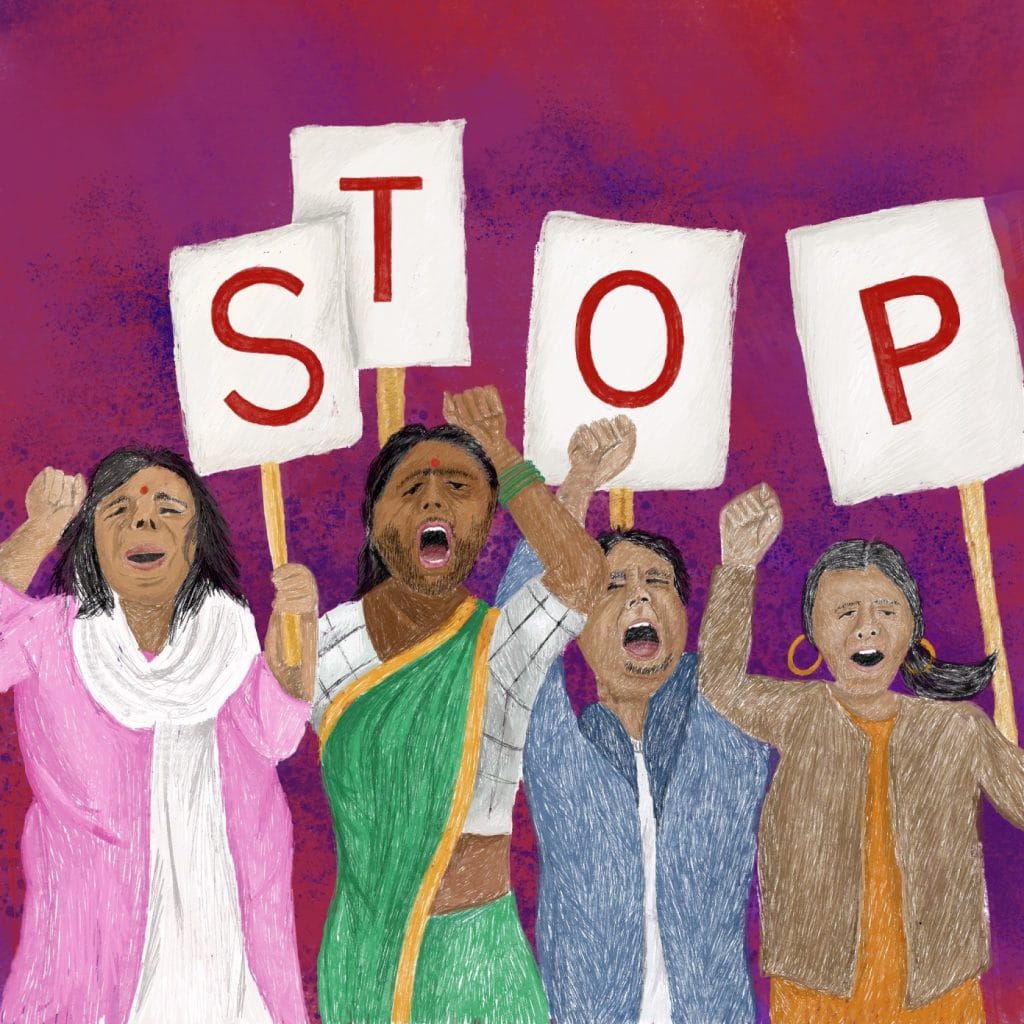
Over the years, countless cases and reports of caste-based violence against women have emerged. Yet, the voices of these victims often go unheard, their cries for justice fading into silence. One such tragic case that grabbed national attention was the Hathras gang rape.
In 2020, in Hathras, Uttar Pradesh, a young woman from the Dalit community became the target of unspeakable violence. Four upper-caste men brutally gang-raped her, a violent act fuelled by not just gender but caste. Her life was forever altered that day. The woman was left fighting for her life. The brutal attack left her severely injured, and she eventually succumbed to her wounds. But her suffering didn’t end with her death.
According to Newslaundry, “Years after the young woman’s death, three of the accused are back to the village and living as neighbours to her family. Meanwhile, her own family continues to live a life of ‘captivity, caged inside their own home”.
This is not an isolated incident that needs our attention.
“In Laxmanpur-Bathe, Bihar, women were raped and mutilated before being massacred by members of the Ranvir Sena in 1997; in Bihar and Tamil Nadu, women have been beaten, arrested, and sometimes tortured during violent search and raid operations on Dalit villages in recent years. Like other Indian women whose relatives are sought by the police, Dalit women have also been arrested and raped in custody as a means of punishing their male relatives who are hiding from the police. As very young women, they are forced into prostitution in temples under the devadasi system,” states Human Rights Watch.
An examination of the present situation in Manipur reveals a profound and intricate issue that intertwines caste and gender. The violence primarily involves the dominating Meitei community and the marginalised Kuki tribe. This caste-based strife has resulted in egregious acts of violence, especially against women.
The violence in Manipur isn’t just about territorial disputes or political conflicts. It’s deeply rooted in the historical and social divide between the Meitei and the Kuki communities. The Meiteis, as the dominant group, have long held power, while the Kukis, marginalised and oppressed, have faced systemic discrimination.
The brutality of these acts highlights the intersection of caste and gender-based violence. These women were not only targeted because of their gender but also because of their position as lowered caste individuals within the hierarchy of power and control.
Yet, women fight back. Women like Phoolan Devi, Gaura Devi, and Bhanwari Devi taught us that women from the marginalised castes can also break the shackles of patriarchy and reduce this horrible system to ashes.
About the author(s)
Shahinda is a multimedia journalist with an experience of more than five years. She has an interest in covering politics, gender, conflict, and gender-based violence/crime. In addition, she has experience in reporting, photography and documentary filmmaking. She has done her Masters in Mass Communication from AJK MCRC Jamia Millia Islamia, New Delhi.



